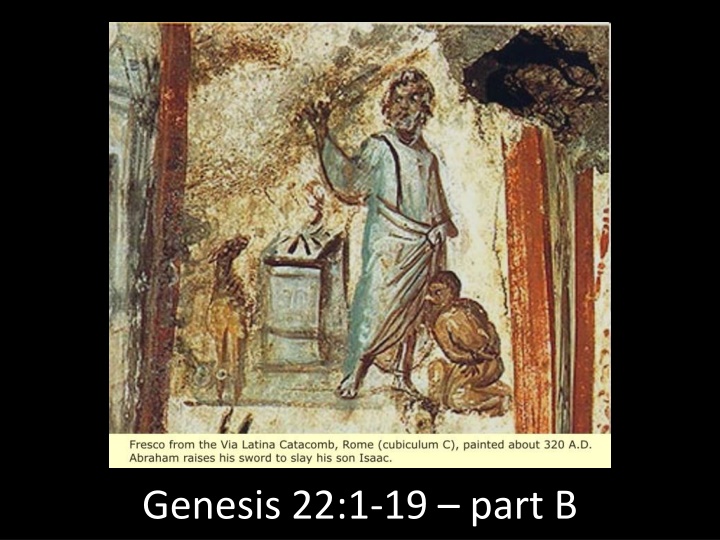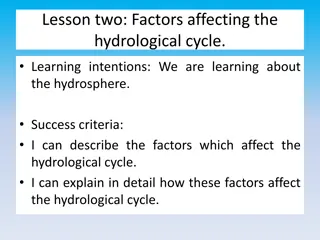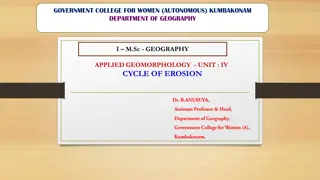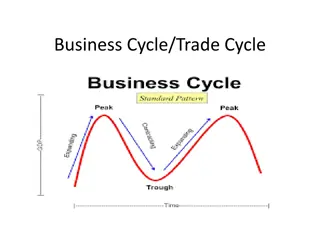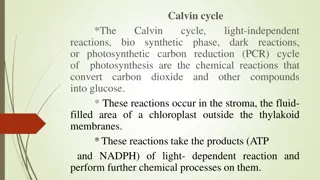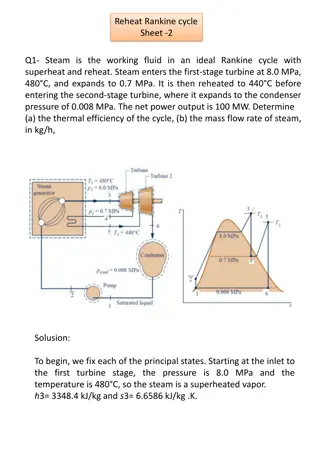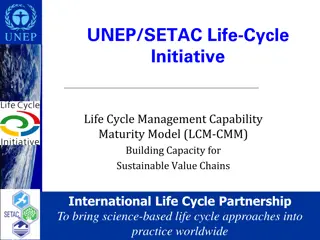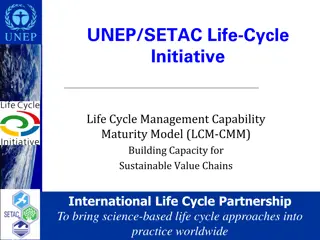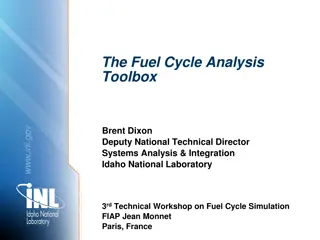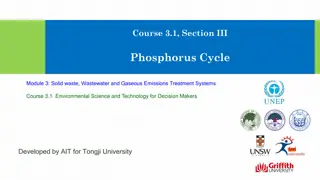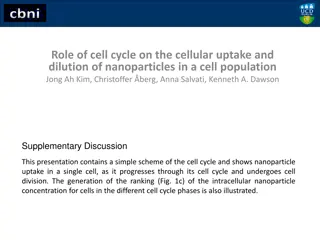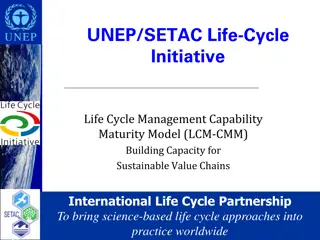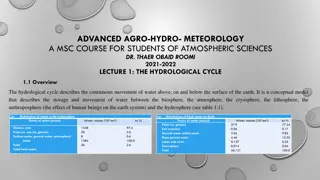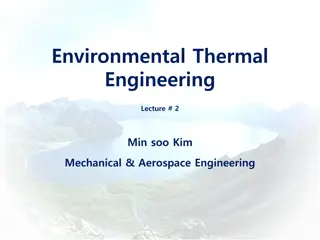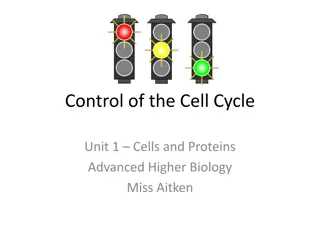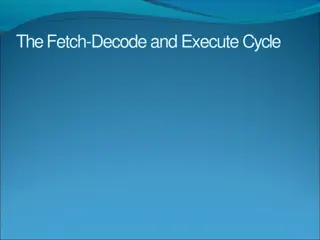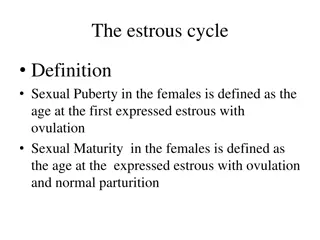Research Program in Cycle XXXVIII
Insert a short description of your research program, explaining the research goal and its relevance. Highlight key focus areas and any innovative aspects, emphasizing collaborations with external institutions if applicable.
Download Presentation

Please find below an Image/Link to download the presentation.
The content on the website is provided AS IS for your information and personal use only. It may not be sold, licensed, or shared on other websites without obtaining consent from the author.If you encounter any issues during the download, it is possible that the publisher has removed the file from their server.
You are allowed to download the files provided on this website for personal or commercial use, subject to the condition that they are used lawfully. All files are the property of their respective owners.
The content on the website is provided AS IS for your information and personal use only. It may not be sold, licensed, or shared on other websites without obtaining consent from the author.
E N D
Presentation Transcript
Genesis 22:1-3 child-sacrifice demanding Canaanite gods. Definite Article on Elohim It is very common for to have the definite article in Hebrew. The Canaanites worshipped other gods, some of which required child sacrifice. The use of the definite article in this and succeeding verses may be to clarify that this test did not originate with any of the
Genesis 22:1-3 What construction do we have here?
Genesis 22:1-3 X-Qatal Topicalization and it was Elohim who was a tester of Abraham
Genesis 22:1-3 X-Qatal Topicalization and it was Elohim who was a tester of Abraham X-Qatal as Summary Statement We can further specify the function of the X-qatal in this passage because it precedes the beginning of the episode s wayyiqtol string. In such a case the X-qatal often summarizes, like a headline, what is to follow. Note that, though the in v 1 is a wayyiqtol, its function is Transition Marker not Historical Narrative Mainline.
Genesis 1:1-3 v1 Let s look at another example: Genesis 1:1-3 Where is the first H.N. Mainline wayyiqtol? What constructions precede it? v2 v3
Genesis 1:1-3 X-Qatal v1 X-Qatal v2 Verbless clause Participle Wayyiqtol v3
Genesis 1:1-3 Topicalization / Summary X-Qatal v1 Topicalization X-Qatal v2 Scene setting Verbless clause Backgrounded activities Participle H.N. Mainline Wayyiqtol v3
Genesis 1:1-3 Topicalization / Summary X-Qatal v1 Topicalization X-Qatal v2 Scene setting Verbless clause Backgrounded activities Participle H.N. Mainline Wayyiqtol v3 The first X-Qatal fits well as a summary statement for the following narrative.
Genesis 1:1-3 Topicalization / Summary X-Qatal v1 Topicalization X-Qatal v2 Scene setting Verbless clause Backgrounded activities Participle H.N. Mainline Wayyiqtol v3 The first X-Qatal fits well as a summary statement for the following narrative. The second X-Qatal doesn t summarize the following narrative but if a wayyiqtol were used here it would make this the first event in the narrative and be translated something like the earth became formless and void which means something quite different than now it was the earth that was formless and void . The use of an X-Qatal here rather than a wayyiqtol makes it less likely that the author had in mind some sort of gap theory , where verse 1 refers to a previous creation and verse 2 the destruction of that creation. Also, verse 1 functioning as a summary statement argues against a gap theory . In the text as it stands the first action comes with the wayyiqtol in verse 3.
Genesis 1:1-3 Topicalization / Summary X-Qatal v1 Topicalization X-Qatal v2 Scene setting Verbless clause Backgrounded activities Participle H.N. Mainline Wayyiqtol v3 The first X-Qatal fits well as a summary statement for the following narrative. The second X-Qatal doesn t summarize the following narrative but if a wayyiqtol were used here it would make this the first event in the narrative and be translated something like the earth became formless and void which means something quite different than now it was the earth that was formless and void . The use of an X-Qatal here rather than a wayyiqtol makes it less likely that the author had in mind some sort of gap theory , where verse 1 refers to a previous creation and verse 2 the destruction of that creation. Also, verse 1 functioning as a summary statement argues against a gap theory . In the text as it stands the first action comes with the wayyiqtol in verse 3. The first 2 X-Qatals, the verbless clause in 2b, and the participle in 2c, provide 4 lines of summary and background material for the beginning of the narrative action in verse 3.
Genesis 22:1-3 What discourse genre is this?
Genesis 22:1-3 What discourse genre is this? Unmitigated Hortatory Discourse 3 imperatives 0 weqatals
Genesis 22:1-3 What is the syntax, function and translation of this qatal?
Genesis 22:1-3 What is the syntax, function and translation of this qatal? Qatal in dependent clause Relative past background which you love not which you had loved or which you have loved (Note that roots like that refer to emotional and mental activity usually require present tense translations.)
Genesis 22:1-3 To the extent that qatal can be viewed as an atributizer, both main actors in this narrative are labelled within the first 2 verses. Elohim the tester (X-Qatal in v 1) Abraham the lover (Qatal in dep. clause in v 2) The tester will test the love of the lover.
Genesis 22:1-3 What construction is this?
Genesis 22:1-3 What construction is this? Yiqtol in dependent clause (not participle or qatal) Relative non-past background which I will tell you or which I tell you
Genesis 22:1-3 What construction is this? What construction is this? Yiqtol in dependent clause (not participle or qatal) Relative non-past background which I will tell you or which I tell you
Genesis 22:1-3 What construction is this? Qatal in dependent clause (not yiqtol) Relative past background which God had told him What construction is this? Yiqtol in dependent clause (not participle or qatal) Relative non-past background which I will tell you or which I tell you
Genesis 22:1-3 What construction is this? Qatal in dependent clause (not yiqtol) Relative past background which God had told him By this point Abraham knows at least the place, even if he doesn t know which mountain yet. What construction is this? Yiqtol in dependent clause (not participle or qatal) Relative non-past background which I will tell you or which I tell you
Genesis 22:4-8 What is this?
Genesis 22:4-8 What is this? Not a clause (no subject and predicate) It s a hanging fragment
Genesis 22:4-8 What is this? Not a clause (no subject and predicate) It s a hanging fragment Rocine says it interrupts the flow of the wayyiqtol string, and thereby creates suspense. We might translate it It was on the third day.
Genesis 22:4-8 What genre?
Genesis 22:4-8 What genre? 1 imperative 3 cohortatives Hortatory
Genesis 22:4-8 What genre? X-Cohortative
Genesis 22:4-8 What genre? X-Cohortative X-Cohortative As for me and the lad, let us go or As for me and the lad, we will go The topicalization of the X-Cohortative switches the focus from the two servants to Abraham and his son: you two stay here, me and the lad will go up there
Genesis 22:4-8 What genre? X-Cohortative The 3 cohortatives are evidence of Abraham s faith in God. He is a lover of his son. He already knows what God has called him to do. And he expects (or at a minimum wishes) to return with his son alive.
Genesis 22:4-8 What genre? X-Cohortative The 3 cohortatives are evidence of Abraham s faith in God. He is a lover of his son. He already knows what God has called him to do. And he expects (or at a minimum wishes) to return with his son alive. But Abraham is also a lover of God. He does not begrudge God. He characterizes what will happen on the mountain as worship. Also note he says we will worship, not I will worship. The narrator has already tipped his hat regarding the outcome of the test.
Genesis 22:4-8 There is a conspicuous similarity between this word and verse two s . V 2a
Genesis 22:4-8 Notice the character switching. First speaker and addressee are clearly identified (Isaac and Abraham). Then speakers alternate with minimal encoding.
Genesis 22:4-8 When there is over-encoding we should ask why.
Genesis 22:4-8 leading up to a critical question When there is over-encoding we should ask why. Narrative slows Clearly this is a poignant dialog and so narrative time slows to almost a crawl.
Genesis 22:4-8 leading up to a critical question When there is over-encoding we should ask why. Narrative slows Clearly this is a poignant dialog and so narrative time slows to almost a crawl. Extra encoding. Strictly speaking Abraham would not have to be named here.
Genesis 22:4-8 What construction is this?
Genesis 22:4-8 What construction is this? X-Yiqtol Topicalization in Direct Speech genres. It is Elohim who will "
Genesis 22:4-8 What construction is this? X-Yiqtol Topicalization in Direct Speech genres. It is Elohim who will " What role does topicalization play here?
Genesis 22:4-8 What construction is this? Elohim will be the provider not Abraham, not Isaac or any other human. This is the point of the whole passage. God has set the redemption price (horrifically high) and it is God himself who will provide the redemption payment (horrifically costly). Focus X-Yiqtol Topicalization in Direct Speech genres. It is Elohim who will " What role does topicalization play here?
So so far we have seen 3 functions for the Topicalization function. I.e. the X-something syntax which topicalizes the X has performed 3 roles in Genesis 22 so far. Secondary Function or Role V. Hebrew Text Syntax Function X-Qatal Topicalization Summary A summary statement that precedes the first wayyiqtol of the narrative. "Elohim tested Abraham" or "it was Elohim who was a tester of Abraham" 1 X-Cohort Topicalization Focus switch Focus switch from the two servants to Abraham and his son. You two stay here. Me and the lad, we will go up there. 5 X-Yiqtol Topicalization Focus Not a focus switch but focus on the answer to a central question in the passage. "It is Elohim who will provide..." 8
Genesis 22:1-19 The Testing of Abraham Gen 22:1-3 Two Critical Principles Departure from the mainline of any discourse slows the forward progress of the discourse. This slowing allows the writer to redirect the attention of his audience away from the main storyline so he can clarify, elaborate, build background. In so doing, the writer can often create tension or suspense. Gen 22:4-8 A departure from the mainline of one discourse can often be accomplished by a shift to another embedded genre with its own different mainline. For instance, in this Historical Narrative, the writer departs from the mainline of his story when he shifts to one of the Direct Speech genres.
